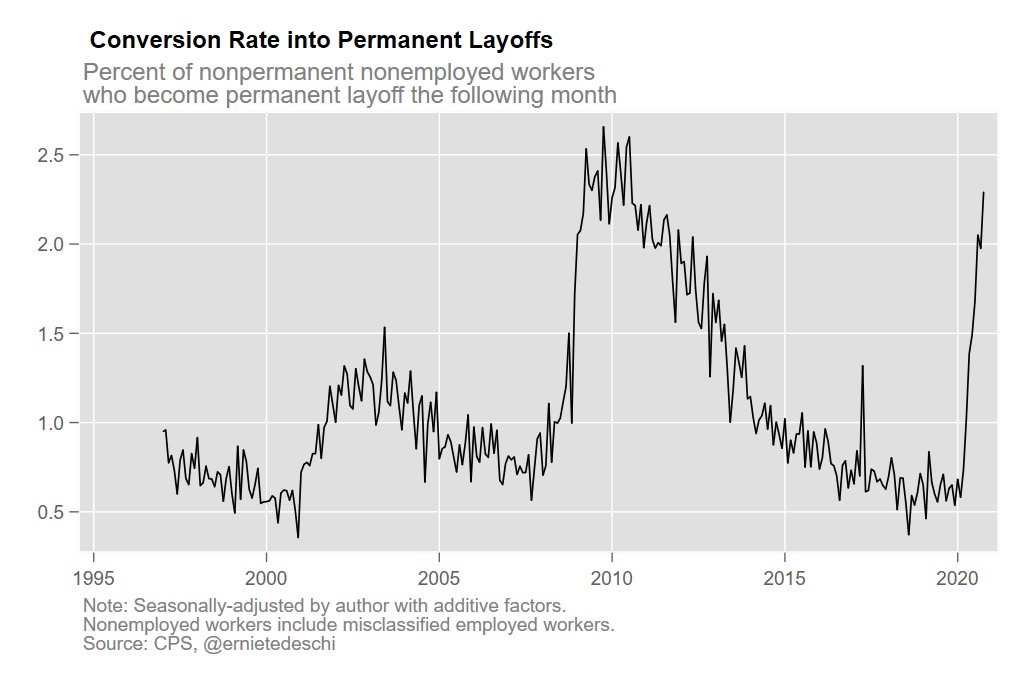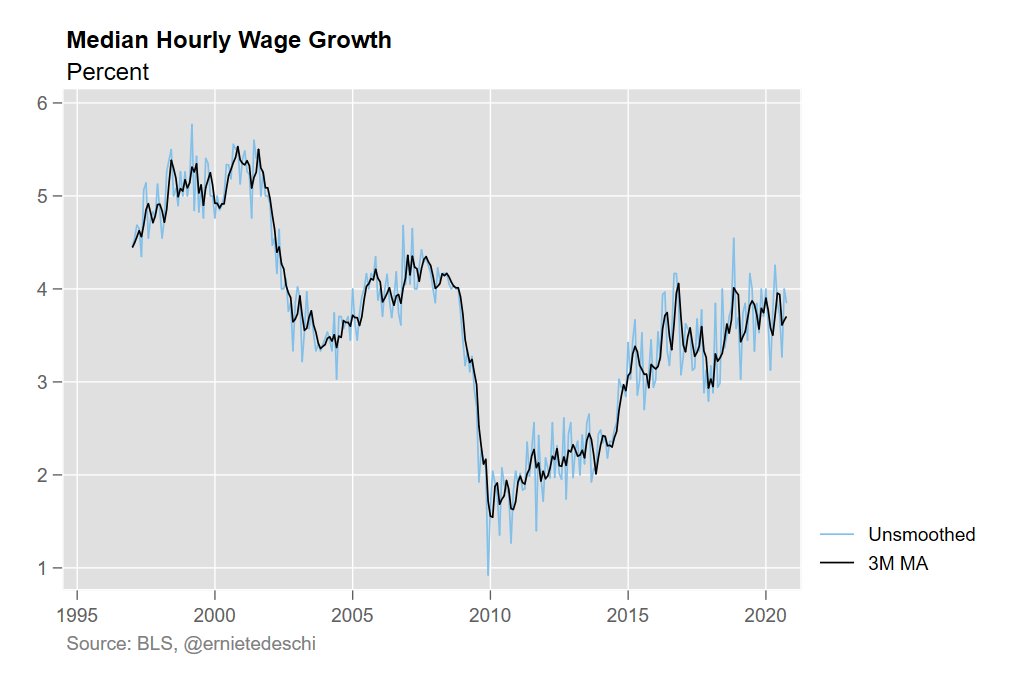
The benefit cliff on December 31 is an economic setback when we least need one -- the winter months when businesses in many of the areas of the country will have a harder time staying open -- not to mention devastating for the affected workers.
https://twitter.com/byHeatherLong/status/1326882527823474689
Unlike the 7/31 expiration of the emergency $600/week FPUC, which was larger in aggregate dollar terms than this cliff, the 12/31 cliff will cut a deeper wound, because for many workers they won't get *any* aid after expiration; they still got base benefits when the FPUC expired.
It's less likely too that prior savings will be there to sustain the spending of unemployed workers; they've been drawing down their savings since the expiration of the $300/week LWA in mid-September. Many workers are likely to have exhausted their pandemic savings by New Year's.
It's hard to be confident in the dynamics of the PUA -- it's a program in a class by itself and data has not been reliable -- but the ranks of the PEUC will only grow between now and December 31, as more and more unemployed workers exhaust their regular state UI eligibility.
• • •
Missing some Tweet in this thread? You can try to
force a refresh
















